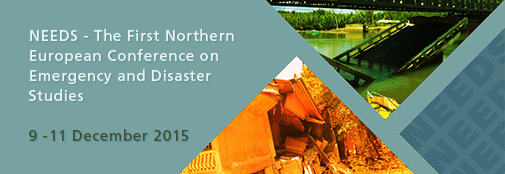Abstract for the NEEDS conference 2015 accepted
PhD student Nina Heidenstrøm from SIFO and researcher Linda Kvarnlöf from the Mid-Sweden University will present a comparison between two case studies, the fire in Lærdal and the storm Ivar, at the NEEDS conference 9-11 December 2015.
Full abstract:
The importance of local communities and informal networks for household capacities to deal with electricity and ICT breakdowns in crisis and disasters
It has been argued for a long time by disaster sociologists that the most important sources for social support in crisis and disasters are to be found in the local communities. This paper takes its starting point in interviews with households in both Norway and Sweden that was affected by crisis situations that caused electricity outages and ICT breakdowns. In these interviews three types of communities are distinguished as being of great importance both when it comes to social support and the access of both social and material resources necessary to cope with the crisis situation: (1) the household, (2) the neighborhood and (3) the workplace. The aim of this paper is to investigate the importance of these communities when it comes to household capacities to deal with electricity and ICT breakdown in crisis situations. We suggest that these three different communities supplement each other both socially and materially: where the things that could not be found within the household instead was offered by neighbors or at the workplace. By simultaneously investigating different actors of the local community, and how they interact with each other, this paper offers a deeper understanding of the importance of local communities and informal networks in crisis and disasters.
Nina Heidenstrøm
PhD Candidate
Statens institutt for forbruksforskning (SIFO), Oslo
Linda Kvarnlöf
PhD in Sociology
Risk and Crisis Research Centre
Mid Sweden University, Östersund
Tracks: (2) Emerging Actors and Networks in Disasters
Lagre
Lagre


